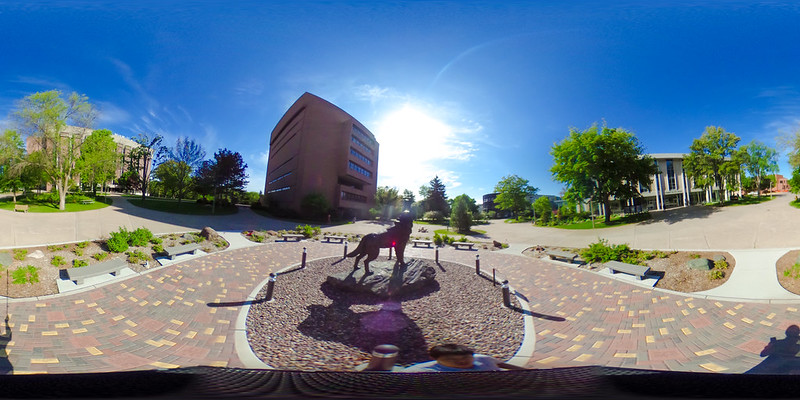The Husky Investment Tournament hosted this spring by the College of Business (COB) at Michigan Technological University drew more than 300 high school business students across the region to compete for a cash prize and scholarships toward a Michigan Tech education.
The competition utilized a virtual stock-trading tool and College faculty-led video modules to help high school educators lead engaging conversations and lessons of their own. Teams of three to four students received $1,000,000 in virtual U.S. dollars to build a portfolio. The group with the highest-valued portfolio earned $1,000 in prize money and all students who actively participated were awarded scholarships to attend Michigan Tech.
“The purpose of the Husky Investment Tournament is to offer more students more pathways to discover business opportunities at Michigan Tech,” said Dean Johnson, dean of the Michigan Tech College of Business. “We want young people to understand that investing is the key to their retirement and we want to help demystify the stock market in a hands-on and dynamic way.”
Students from Hancock Central High School in Hancock, Michigan, came in first place at the conclusion of trading earlier this month. Despite the stock market declining by 26% during the contest, the team of Ryan Levanen, Lance Meyette, Blain Stromer and Sam Stromer earned a positive 24% return. Their teacher, Leanne Laakonen, was impressed with how enthusiastically they participated: “They were emailing me, reaching out for updates — I’m immensely proud of them,” she stated.
A New Way of Doing Business
When the outreach initiative kicked off in February, the biggest obstacle to work around was various spring break schedules. “The COVID-19 pandemic changed the content considerably, and the program quickly became a more important aspect of students’ remote learning opportunities,” Johnson said.
In real-time, the participants witnessed the longest bull market in U.S. history come to a screeching halt. At first, like many people, students were uncertain of next steps. “The market tanked and students were afraid to make the wrong move,” Johnson added.
In addition to financial lessons, students learned the value of teamwork; one member of the winning Hancock team noted: “We discovered the need to consult with our investment partners every time we made a trade.”
“These students now have a better understanding of trading strategies and how to work through obstacles,” Johnson concluded.
Moving Business Education Forward
The Husky Investment Tournament is embedded into high school economics, business and personal finance classes. Since its launch in September 2019, 600 students across Michigan, Wisconsin, Minnesota and Illinois have participated. High school educators or administrators wishing to sign teams up for the fall 2020 competition, should visit mtu.edu/business-tournament.



